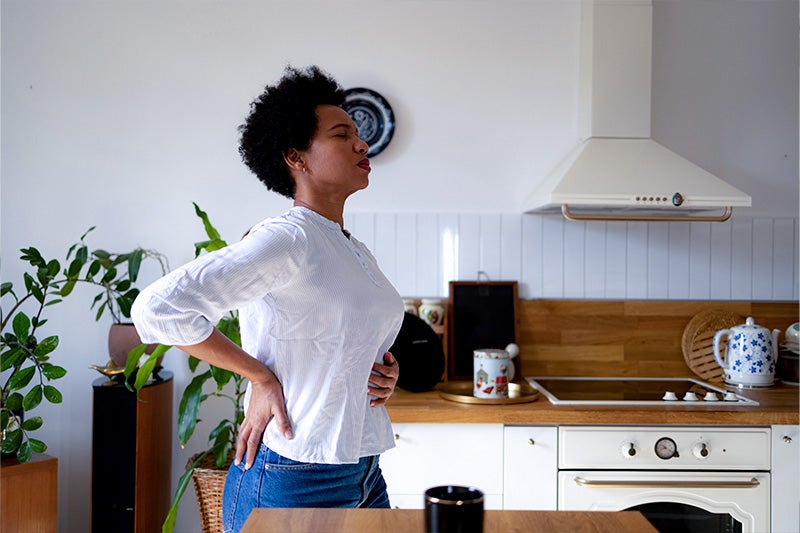When Your Heart Needs Care: Cardiac Devices - Loop Recorders
February 16, 2022
Categories: Heart Health
An implantable loop recorder is a cardiac monitor that records your heart rate and rhythm for 2-3 years.
This is the final blog in our “deep dive” into cardiac devices and how they can help you. We covered pacemakers on Tuesday and ICDs on Wednesday. Today we focus on event recorders.
What is a loop recorder?
An implantable loop recorder is a cardiac monitor that records your heart rate and rhythm for 2-3 years. It is a small device – around 1.5 inches long – that is inserted just underneath the skin in the left chest wall. It can capture information that an electrocardiogram (EKG/ECG) or an external heart monitor may miss.
Why would someone need a loop recorder?
The most common reasons why your cardiologist may recommend an implantable loop recorder are an unexplained stroke or unexplained fainting/syncope. Both of these can be related to abnormal heart rhythms that may be too infrequent to detect with other tests.
How does it help me?
A loop recorder monitors your heart 24/7. Over time, it can detect heart issues that happen so rarely EKGs and short-term event monitors can’t detect them. An example might be if atrial fibrillation occurs irregularly, with months between episodes. The loop recorder enables your cardiologist to get vital information that is impossible to obtain in any other way.
What is the procedure like?
We perform loop recorder insertions at St. Mary’s Hospital’s Cardiac Cath Lab. You do not need sedation or anesthesia. After numbing an area just to the left of the breast bone, your physician makes a small cut and inserts the implantable loop recorder. The incision is glued closed. Complications are incredibly rare, but you should monitor the incision for any signs of infection such as redness or pus. You will go home the same day. You may notice the loop recorder as a small bump under your skin, but there are no external wires or hardware.
How does it work?
The recorder continually tracks the electrical signals that cause your heart to beat. Your role is to make note in a diary or app of any symptoms you may have (your doctor or nurse will explain how to do this correctly). If signals change – for example, if you have a short rhythm disruption that creates symptoms such as dizziness or shortness of breath – the recorder will have a record of the event. Your cardiologist can then review your diary to find out how your heart was functioning when you experienced symptoms.
What should I do after the procedure?
Take it easy and do not get it wet for a few days while the incision heals. After that, you can return to all normal activities. Follow up regularly with your cardiologist and device specialist to monitor the device and any symptoms you may have.
For more information, please contact us at Oconee Heart & Vascular Center. When your heart needs care, we care for your heart.



